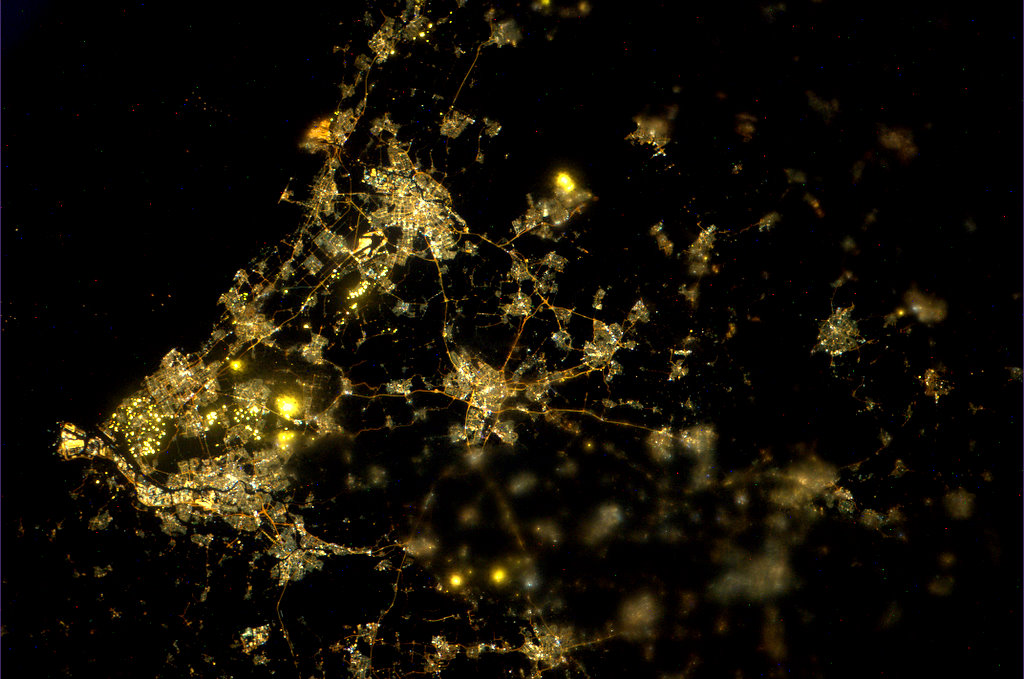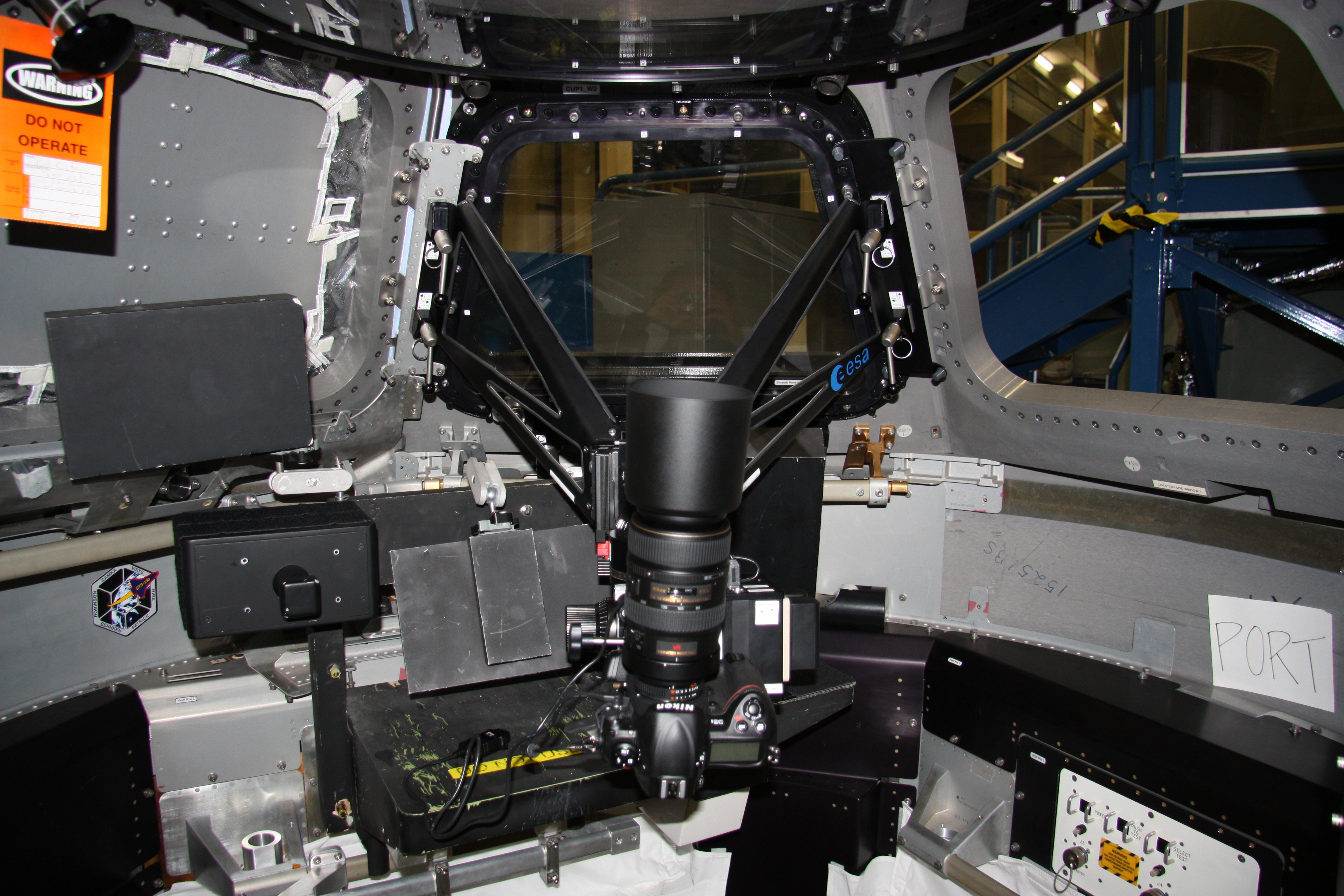ESA astronaut André Kuipers has installed ‘NightPod’ on the International Space Station, an aid for taking night-time pictures of Earth. The first batch of pictures offer stunning images of cities at night.
Any amateur photographer knows the problems of taking pictures at night: the low shutter speeds required to capture enough light make images prone to camera shake. Blurry and unsharp pictures are the result. Professional photographers use tripods to steady their camera and take clearer pictures.
The International Space Station orbits Earth at 7 km/s so using a tripod is not an option for night-time photography. Even if the camera is perfectly still, the Station moves so fast any images of Earth at night will still look blurred.
ESA astronaut Paolo Nespoli took many breath-taking images of our planet at night during his MagISStra mission last year, from Cupola, the European observation module on the Space Station. He had to estimate the correct speed to move his camera and compensate by hand, a difficult task at the best of times.
To help astronauts take better pictures, ESA developed a motorised tripod in collaboration with Dutch company Cosine. Called NightPod, this device compensates for the motion of the Space Station by tracking single points on Earth automatically. The subject stays centred in frame so the final image is in focus.
This is only the beginning for NightPod. The system has been designed to be adaptable, and astronauts on the Space Station are already thinking of using NightPod to look the other way, into space, taking images of stars.
Read this article in full on the ESA Portal.




Discussion: no comments